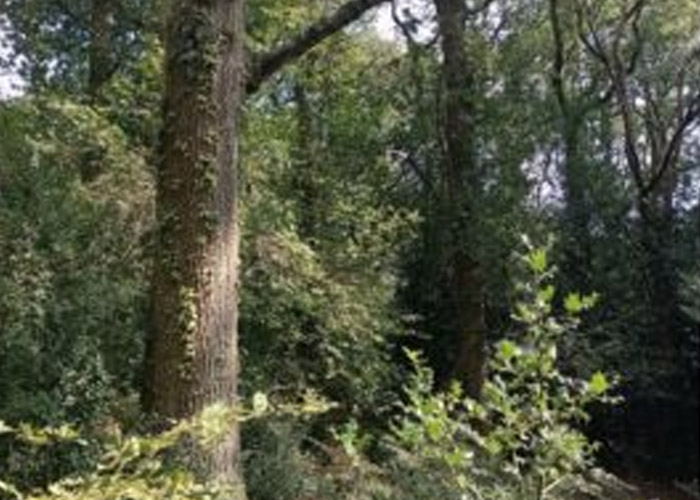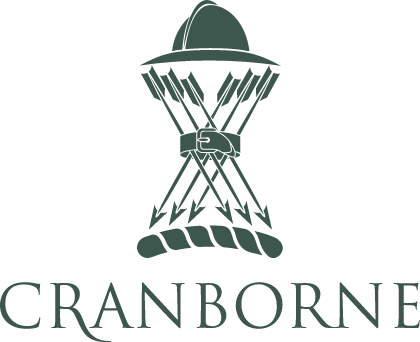The Irregular Silviculture Network (ISN) – Growing High-Quality Oak in 100 years
Since 2007, there has been a fundamental change in the way that Cranborne Estate’s woodlands have been managed, transitioning from a clear-fell and replant strategy to Irregular Forest Management (IFM).
IFM is sometimes known as Close-to-Nature Forest Management on the continent because it uses natural forest processes which result in a complex irregular structure of mixed species and ages. At regular intervals (5 to 12 years depending on species) trees are selected for harvest. The gaps left from harvested individual trees are filled by natural regeneration and sometimes accompanied by planting.
The ISN was developed to monitor the transformation of even-aged plantations to permanently irregular structures. This delivers data on financial performance, structural change, and helps in decision-making.
Much of the development of the ISN happened on the Cranborne Estate, but ISN research stands can now be found on several private estates in England, Wales, and Ireland.
One element of research at Cranborne has been to monitor growth responses to non-standard thinning interventions in oak.
Why oak?
Oak is the most common broadleaf tree in UK forests and produces a sought-after, high-value product. It has a very broad geographical range from Turkey in the southeast to the UK and Ireland in the northwest, with a good climate change profile for continued growth in the UK.
The silvicultural approach to oak was a marriage of two separate novel publications which came out of France:
- Irregular oak silviculture as promoted by the Association Futaie Irrégulière (AFI): Susse R. et al., (2011), Management of Irregular Forests.
- Active Silviculture as promoted in the publication: Lemaire J., (2014), Oak Fine Timber in 100 years.
The characteristics of the developed approach are as follows:
- Attention to vigorous, high-quality individuals as opposed to a whole-stand approach
- These are variously known as: elite trees, stems-with-a-future, or winners
- They are progressively pruned to improve form
- Interventions are early and aimed at creating canopy freedom for the elite trees
- The result is a lower stocking (than conventional) of fast growing high quality trees
Measurements have been taken in both younger stands, which have received the novel silvicultural treatment, and older stands which have had long periods of neglect. Some of our research stands have now had at least two measurements and early results have been very informative. The trees in the older stands have been growing extremely slowly, averaging 0.2 – 0.3 cm per year whilst the younger stands have trees of faster than usual diameter growth, averaging 0.7 – 0.8 cm per year. The latter matches the growth predictions from the Lemaire publication.
The young, vigorous trees seen in the image above, are contributing strongly to overall stand increment – elite trees which are on the active silviculture growth trajectory – whilst the older trees are holding it back. The economic results indicate that the older trees have surpassed their financial optimum.
The financial implications are significant. The older stands have high standing value but very slow growth. Harvesting of this valuable timber and investing in a new cohort of trees via planting and/or regeneration would be prudent. However, these older trees, along with the ecosystem of which they are a functioning part, have significant biodiversity value which needs to factor in management decisions.
The above image shows an older stand of oak – slow growing but of high standing value.

Fortunately, the trees of high biodiversity value tend to be those of low timber value – trees with decay, woodpecker holes, peeling bark, and crown deadwood. We select a proportion of these high biodiversity trees for permanent retention. The higher value trees are selected for harvest which creates a patchwork of gaps. Within these gaps we plant small groups of oak (as insurance should we not get oak natural regeneration) which occupy about 20% of the available space – the rest being left to regenerate naturally. This approach is designed to create productive forests for the future whilst respecting and enhancing inherent nature conservation values.







